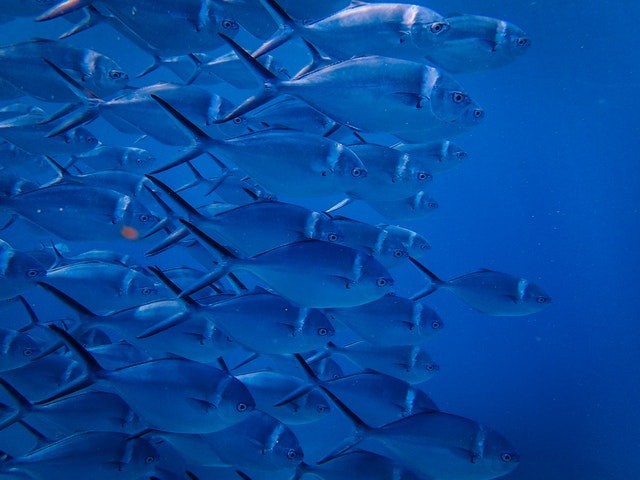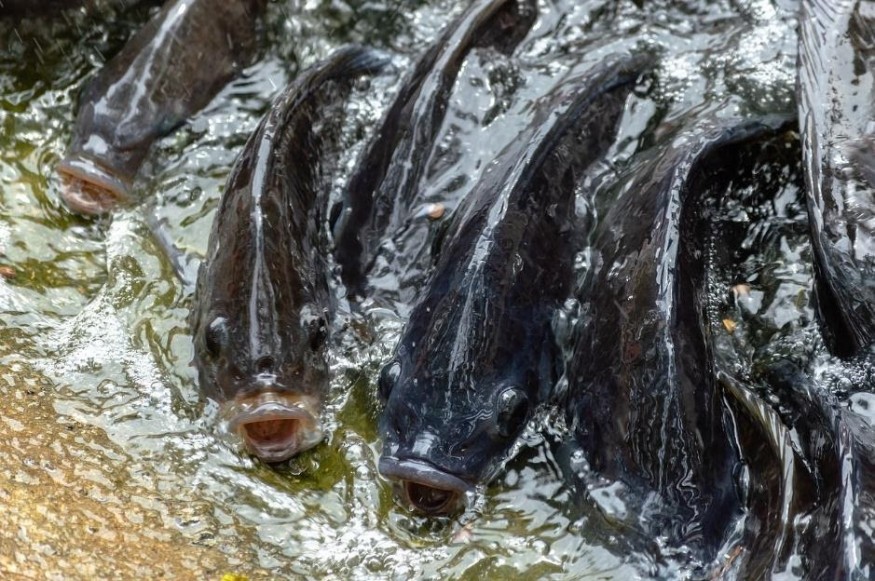Researchers from Simon Fraser University and the Department of Fisheries and Oceans have published a new report that exposes the trade-offs of fish ecology, including the costs and benefits to mixed-stock fisheries, and suggests a way to exploit the benefits while avoiding the costs to fishery efficiency.

Mixed-Stock Fisheries

In so-called mixed-stock fisheries, often, Pacific salmon fisheries capture fish from various stocks (management units), sometimes reflecting locally-adapted species. During their migration along the coast, fish are intercepted in the ocean before returning to various rivers to spawn.
To investigate how to fish biodiversity inside mixed-stock fisheries affects both fishery success and conservation threats, the researchers used computer simulations of hypothetical fisheries and case studies of three actual sockeye salmon fisheries, including BC's Fraser River fishery.
"Our paper demonstrates how biodiversity in fisheries can support fisheries by stabilizing catches from year to year, just as a diverse investment portfolio offers more consistent returns to an investor," says lead researcher Jonathan Moore of SFU's biological sciences department. "However, this comes at the expense of increasing the likelihood of extinction for human species and reducing the amount of fisheries that can be harvested without jeopardizing long-term survival."
Levels

This is because mixed-stock fisheries harvest populations of varying levels of productivity; some are considered vital,' with high adult spawner returns and high population growth rates, while others are considered 'poor,' with low adult spawner returns and low population growth rates, and are more at risk of being fished to low levels of extinction.
Moore claims, "There could be more than a dozen different species of salmon in any given major salmon watershed, such as the Fraser, each with different productivities and returns that vary asynchronously from year to year. The incredible diversity of salmon poses a challenge for sustainable fisheries management."
So, in areas like the Fraser River, how will fisheries be viable but still conserving or restoring stock diversity and learning from it?
Related Article : 100-Year-Old Giant Sturgeon Caught in Detroit River
Drawbacks

Many of the drawbacks of mixed-stock fisheries can be avoided as fisheries can target fish from individual viable populations while not capturing unproductive, small ones. This level of management regulation allows fisheries to sustain high production rates while lowering environmental risks.
"There are many ways that salmon fisheries might improve their ability to target individual stocks, whether it's using genetic stock identification to advise in-season fishery management or the revival of terminal salmon fisheries by First Nations," Moore says.
Balance
When further management control isn't possible, fishery managers must strike a delicate balance between the need for harvests to help fishermen and the possibility of overfishing weak stocks. Fishing rates are often reduced to mitigate environmental costs, but this comes at the cost of potentially missing out on high catches of fish from healthy stocks.
"There is no clear, correct solution in circumstances where there is no room for increased management flexibility," says Brendan Connors, DFO Research Scientist and co-author of the paper. "It is important to understand the essence of the trade-off between mixed-stock harvest and mitigation risks such that decision-making is as educated and clear as possible."
Although the study focused on the highly varied Pacific salmon stocks, it has ramifications for mixed-stock fisheries in general, including coastal salmon, open-ocean longlines, and bottom-trawl fisheries.
For the most recent updates from the animal kingdom, don't forget to follow Nature World News!
© 2025 NatureWorldNews.com All rights reserved. Do not reproduce without permission.





